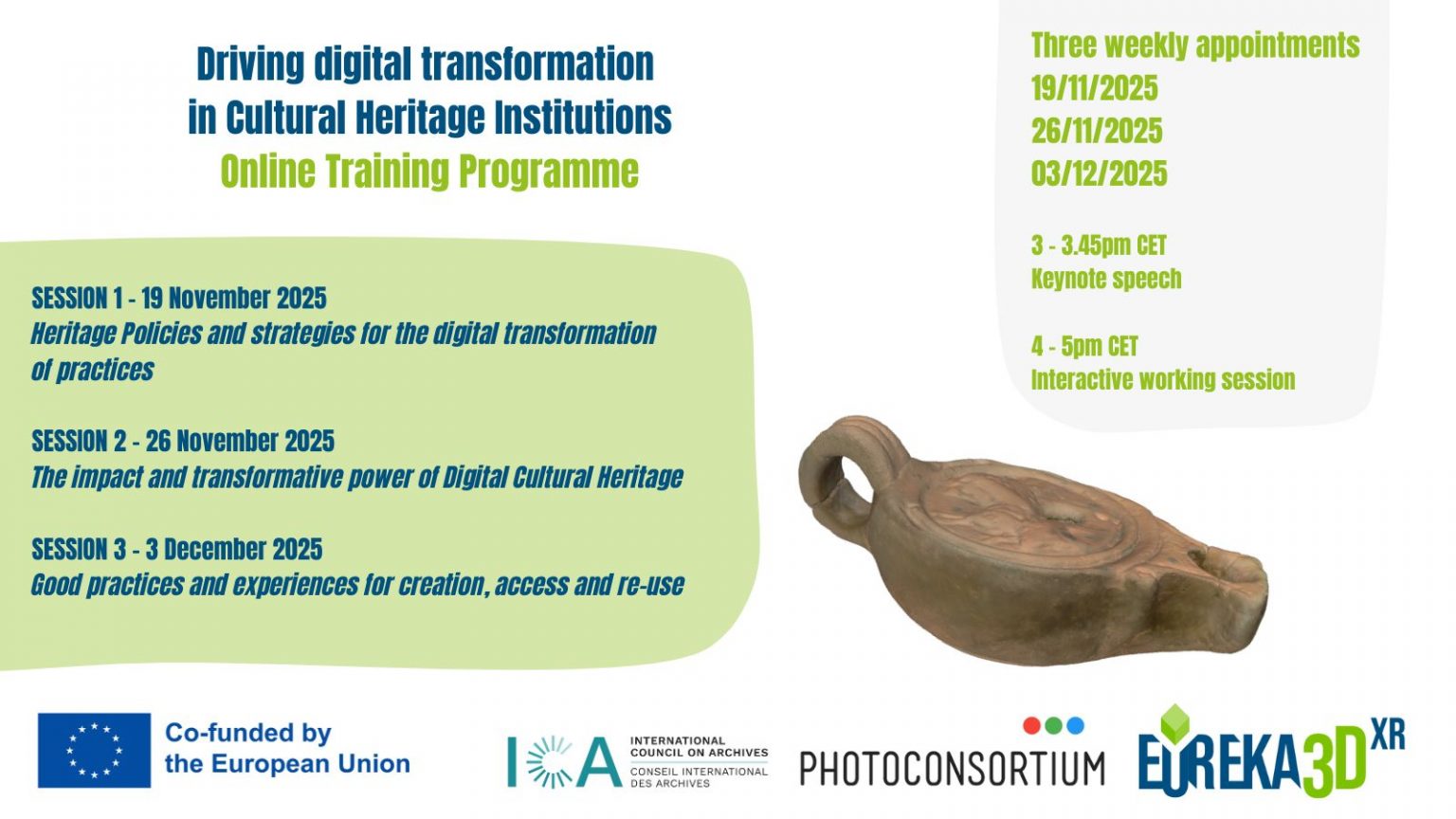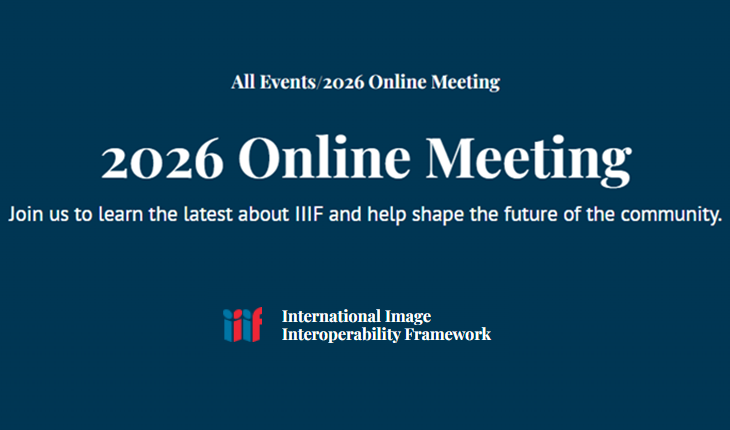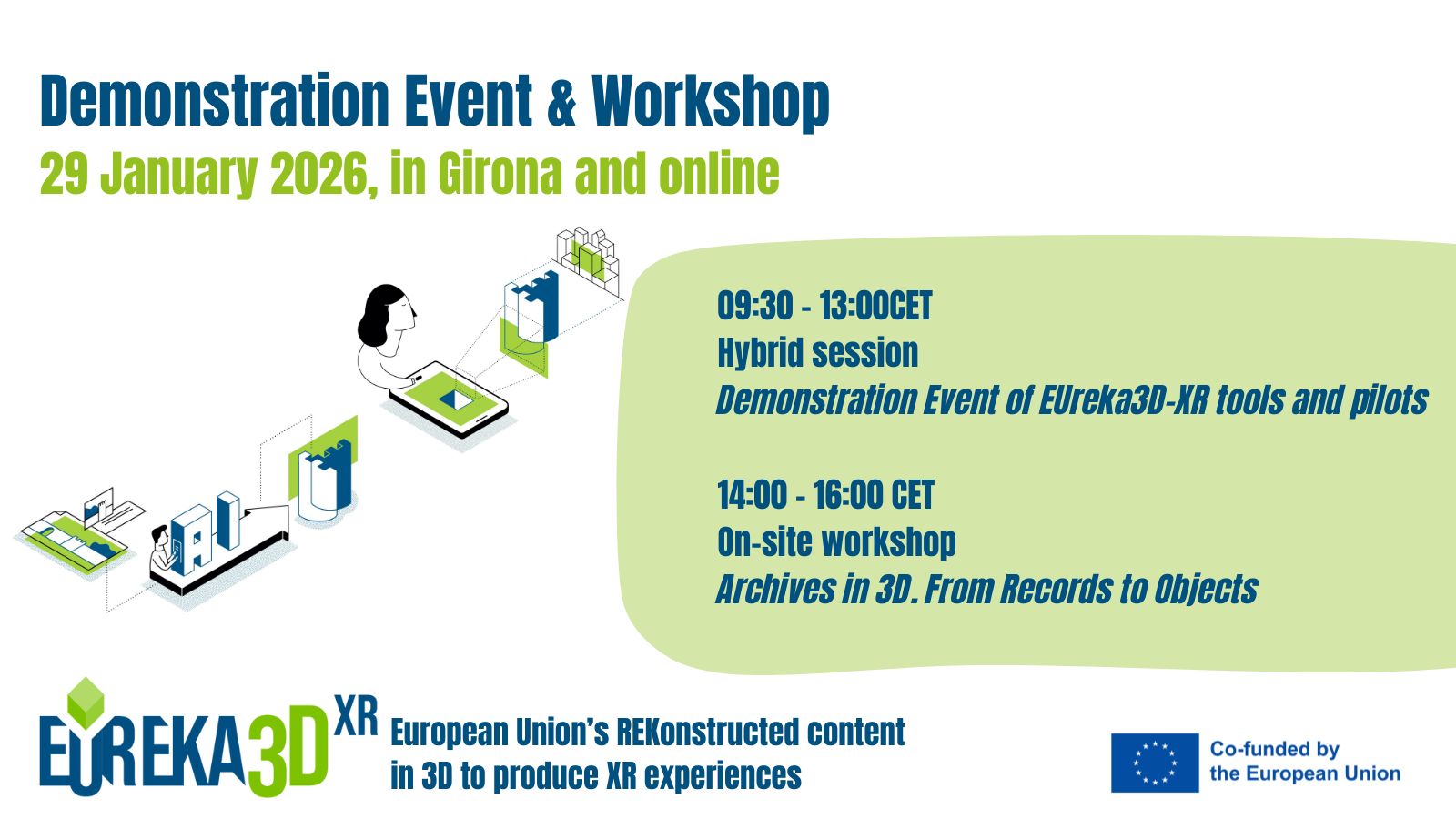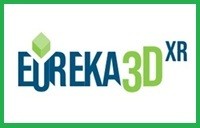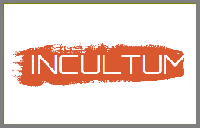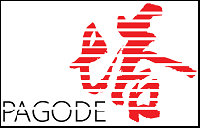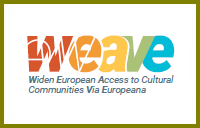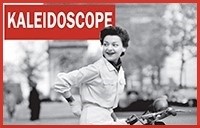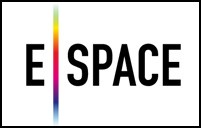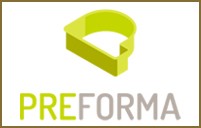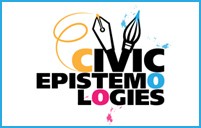Refers to the unequal distribution of and access to information and communication technologies, as well as the unequal participation in the knowledge society as afforded by the use of communication technologies. Patterns of inequality can be associated with social class, gender, economic status, and geographic areas among other factors. The concept of ‘digital divide’ has been studied extensively and evolved from an initial meaning associated strictly with physical access to technology, to a more elaborate meaning in which associations are drawn with patterns of social inequality and social exclusion on virtue of racial, ethnic, and economic differences.
Login Status
-
Free text
UPCOMING EVENTS:
 all projects funded to support the common European data space for cultural heritage gathered in Brussels for a day of presentations, discussions and synergies
all projects funded to support the common European data space for cultural heritage gathered in Brussels for a day of presentations, discussions and synergiesEUreka3D-XR was invited at the cluster event organized by HaDEA the European Health and Digital Executive Agency in Brussels on 24 September 2025. The meeting was organized as a working session to present the project and its progress in support … Continue reading →
 Upcoming appointment: October 8th, Museo della Grafica (Pisa) at 4PM
Upcoming appointment: October 8th, Museo della Grafica (Pisa) at 4PMOn the 19th of September, the UNFRAMED – Towards a New Reality exhibition was successfully opened at the Palazzo del Parlascio in Pisa, with the capability of uniting culture, research, and tourism. The vernissage was followed on the 24th by a … Continue reading →





